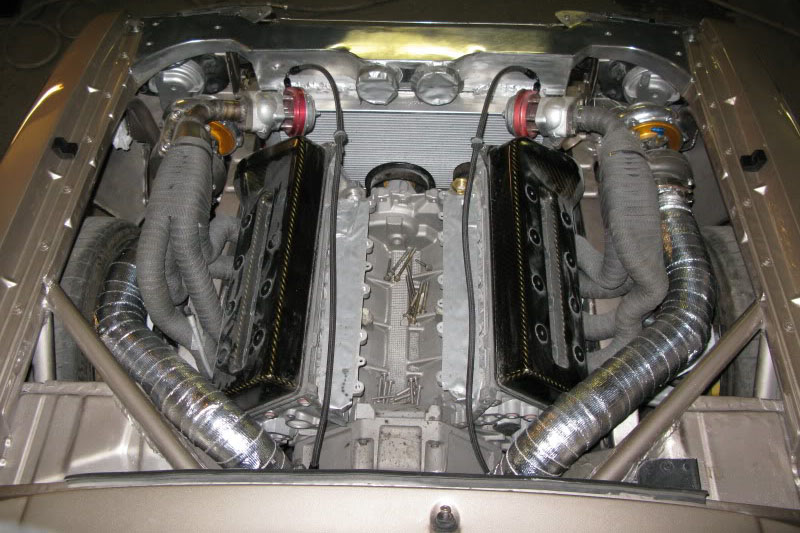

The 90-degree V angle from our original engine and bore spacing remains today, but little else. The engine used in the CC8S was truly unique and we managed to snatch the Guinness World Record for the most powerful production engine in the world – beating the legendary McLaren F1, which had held the record for the previous 8 years. We had to re-design camshafts, pistons, connecting rods, block reinforcements, fuel injection systems, fuel pump system, drysump lubrication, a new type crank case gas re-circulation system, exhaust, patented catalytic converter flow system, compressor system, flywheel, piston oil cooling, clutch, programming etc. We had to figure out how to design and build many of the components and systems ourselves to make the engine work. We therefore had no choice but to become experts in engine design, calibration, tuning and construction – and all within a very short time frame. This would not work at all for an homologated, emission controlled road car that had to be reliable enough to be driven on a daily basis on regular fuel AND at the same time be the most powerful production car in the world.

And even with this setup we experienced limited reliability, etc. It turned out that most attempts to improve performance in this type of engine required race fuel in combination with an open exhaust, no catalytic converters and open crank case ventilation. We started with that we thought was a relatively simple approach – using an existing modular Ford V8 engine and supercharging it – but it quickly turned into something much more complicated.


 0 kommentar(er)
0 kommentar(er)
